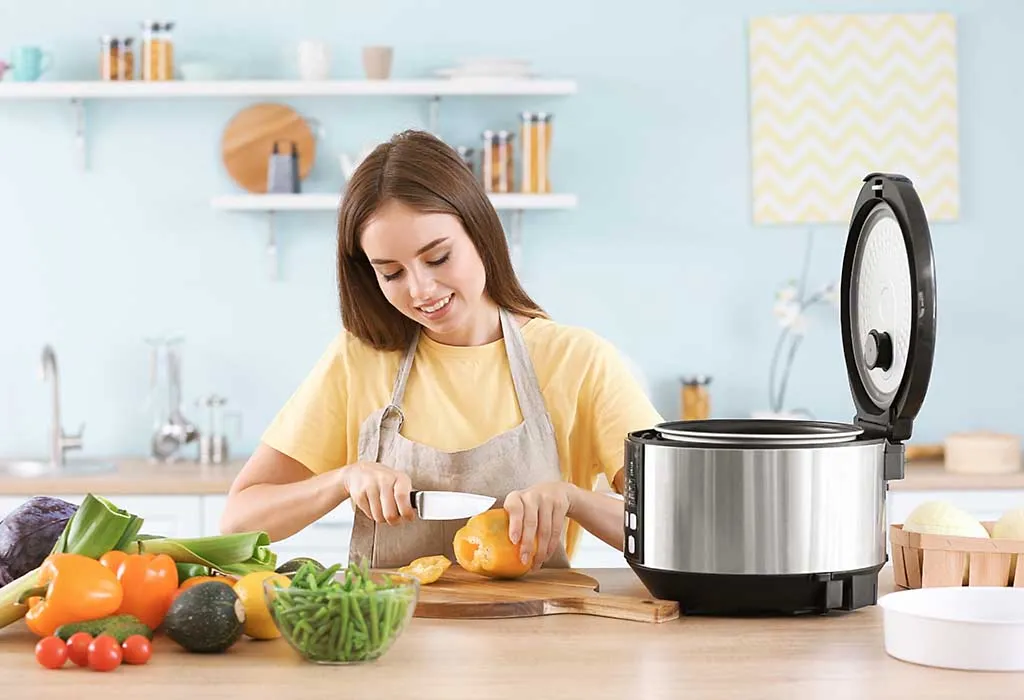A slow cooker allows you to cook larger quantities of foods. This can mean meals that will last throughout the week, saving on trips to the grocery store and keeping your fridge full of healthy options.
They can be left unattended for hours at a time and they often require less electricity than ovens. They’re also great for cooking cheaper cuts of meat, which can be tough when cooked quickly but transform into fall-off-the-fork goodness when slow cooked.
1. Save Money
When used properly, slow cookers can help save you money by eliminating the need to cook multiple meals throughout the week. This helps you reduce the amount of time spent in the kitchen and gives you more opportunities to spend your weekends doing what you love.
Using a slow cooker also allows you to stretch your budget by cooking larger portions that can be frozen for future meals. For example, a whole chicken can be made into chicken and rice one night and then turn into chicken and vegetable soup the next. The same goes for lean ground beef.
Plus, the slower cooking temperature of a slow cooker means that food tends to retain more nutrients and tastes better than a meal cooked in an oven, which can dry out foods and burn them at times. Lastly, slow cookers use less energy than an oven, saving you money on your electric bill.
2. Reduce Waste
A slow cooker is an effective tool for reducing food waste. Since a slow cooker allows you to add ingredients and leave them cooking for hours on end, it helps minimize the amount of leftovers and uncooked foods that would otherwise be thrown away.
The slow cooking process also brings out the flavors of a recipe. This can make a dish more flavorful without adding extra calories or fat.
Additionally, the slow cooking process can transform grizzly tough cuts of meat into fall-apart-in-your mouth tenderness. This can help you save money by purchasing cheaper cuts of meat and stretching them out over several meals.
3. Eat Healthy
A slow cooker is a great way to cook healthy meals. They are perfect for making soups, stews and beans. Slow cooking at a low temperature for extended periods of time helps bring out flavours, keeps vegetables crisp and makes meat so tender it can be cut with a fork.
Unlike ovens, slow cookers don’t heat up to temperatures that can destroy nutrients and vitamins. It’s also very difficult to burn food in a slow cooker as it cooks at a relatively constant, low heat over long periods of time.
Many crock pots have a built-in thermometer that can help ensure meat is cooked to a safe temperature before serving. They are also easy to take to parties or potlucks since they can be kept in the same container they were cooked in.
4. Save Time
When using a slow cooker you are able to cook foods without heating your kitchen. This can save on energy costs as well as help keep your home cooler during the summer.
A slower cooking process helps extract more of the natural flavors into meals versus other methods of cooking. This can create dishes that are truly mouth-watering!
A programmable slow cooker can make meal preparation even more convenient. Many models have settings that allow you to set a timer so food is cooked for a specified period and then automatically switched to the “keep warm” setting. This allows families to go about their day knowing that a nutritious, homemade dinner is waiting for them when they get home.
5. Prep Ahead
A slow cooker can make a huge difference when preparing meals ahead of time. It is a great option for a busy family. It allows for a lot of prep work on the weekend to save you a huge amount of time during the week when all that’s left is to heat up a meal.
Even tough cuts of meat can become tender when cooked slowly at a low temperature for a long time. The combination of time and low temperature softens collagen and connective tissue that makes tough meat difficult to chew.
Always use a food thermometer to ensure that the meat has reached a safe internal temperature before serving. Many recipes for soups, stews and casseroles are one-dish dinners that eliminate the need for side dishes that add extra calories to a meal.





